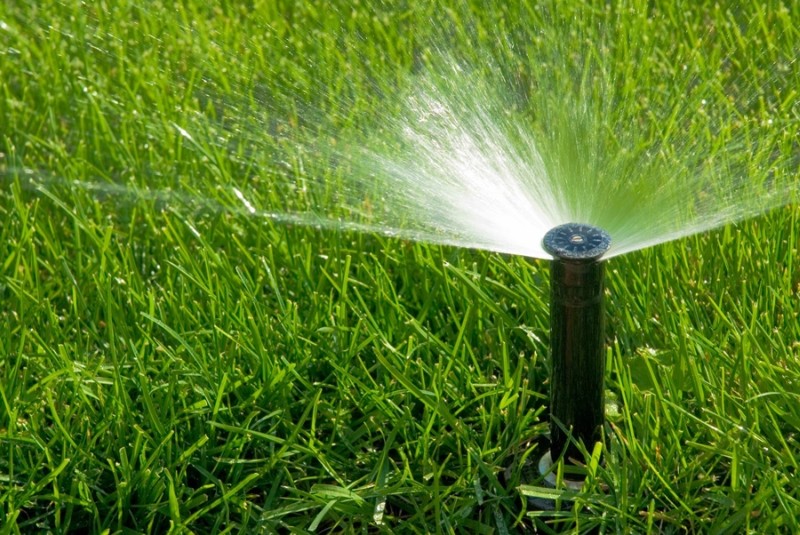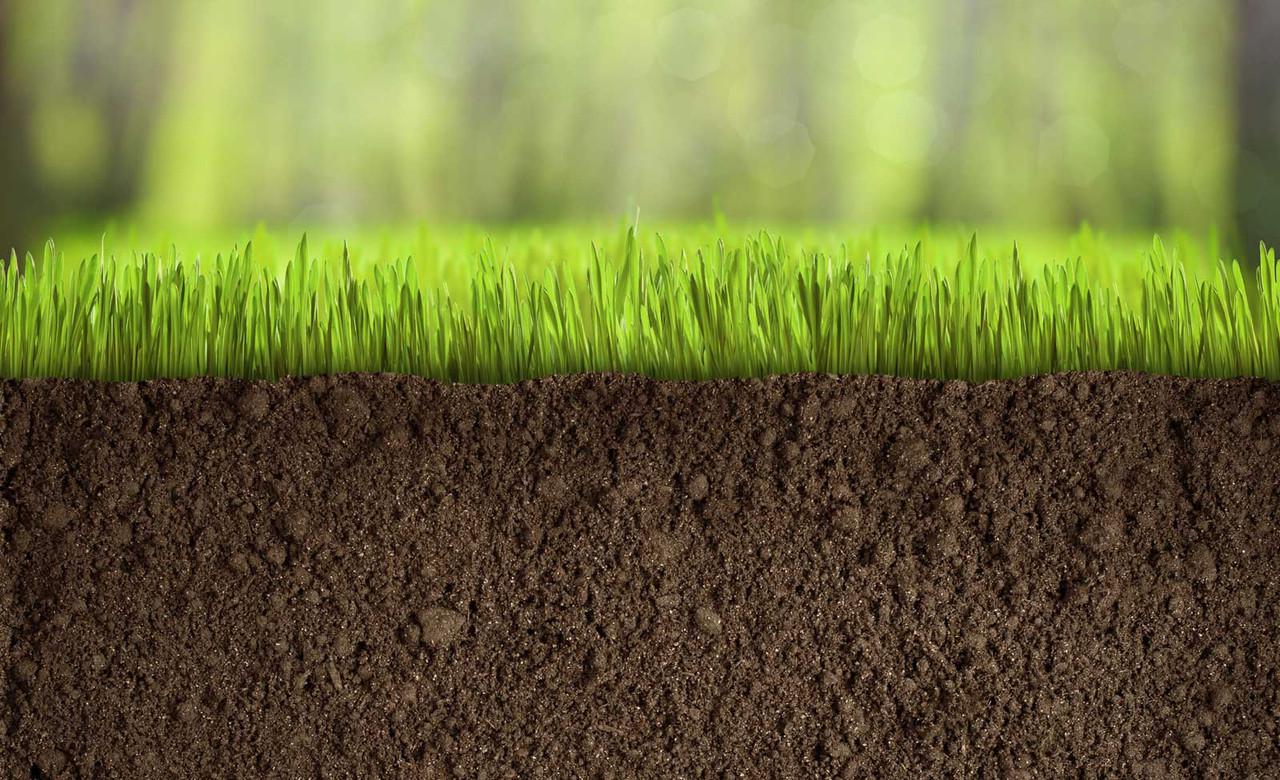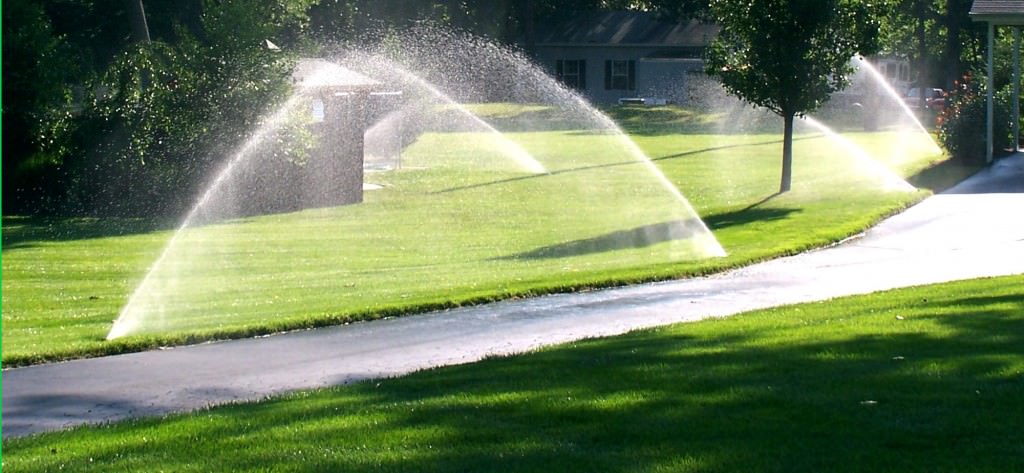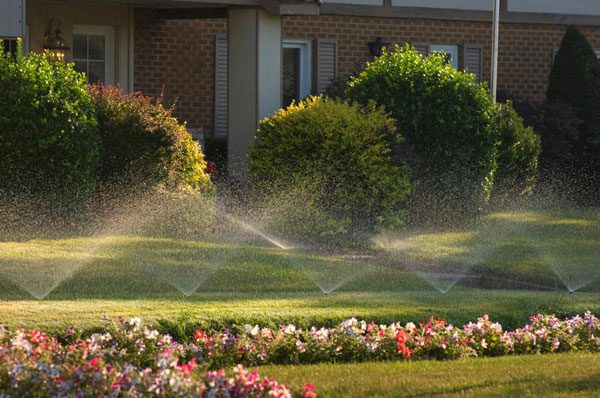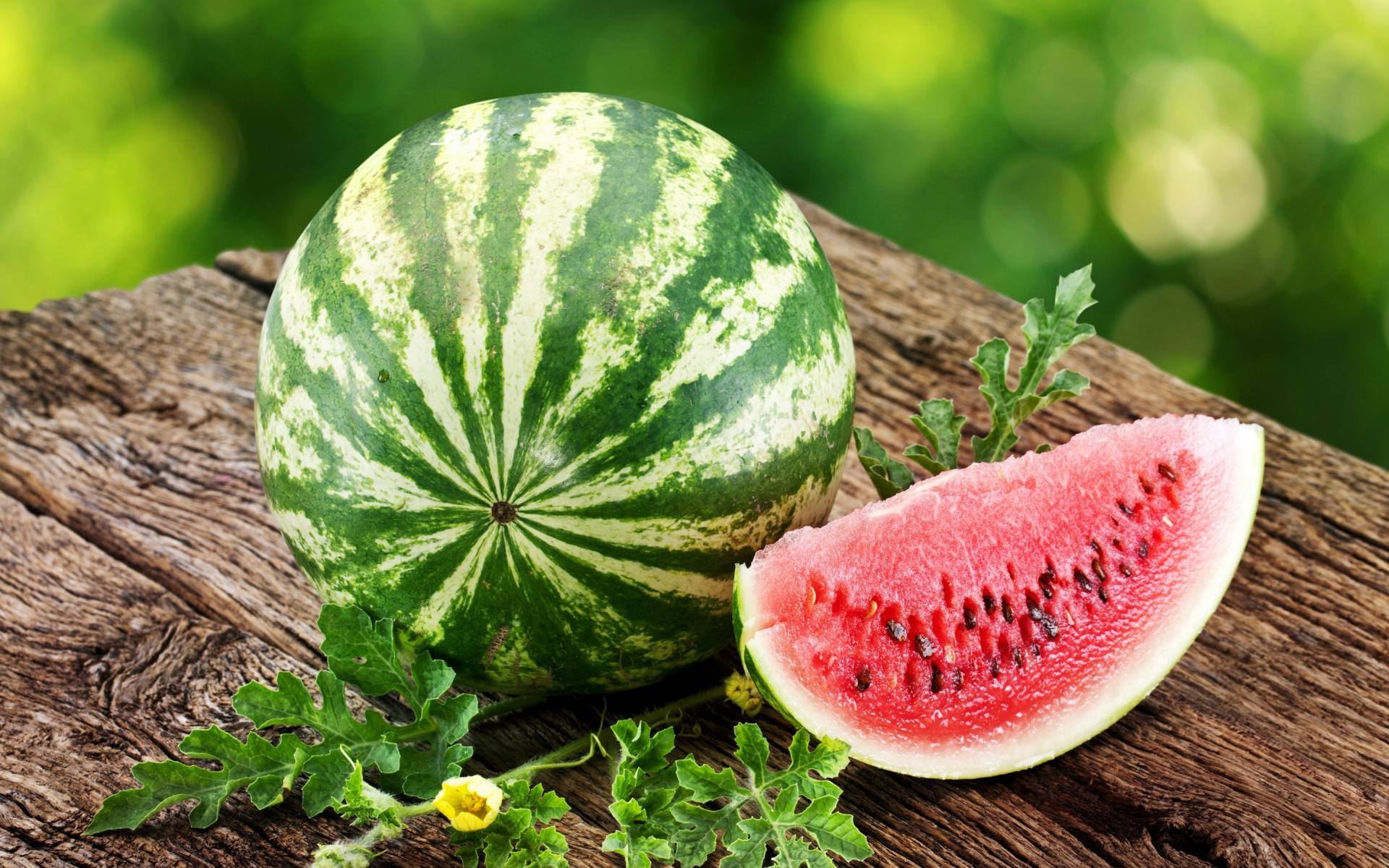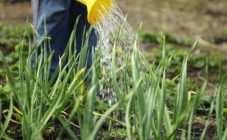Content:
The overwhelming majority of people, one day decide that the dacha will not look so beautiful and spectacular if there is no beautiful lawn in the yard. But not everyone knows how to properly care for the vegetation in the yard. In this article, you can find answers to some of the questions asked by the owners of green areas. Namely, how often should the grass be watered, with what frequency and intensity?
general information
The topic of watering probably raises more questions than any other area of gardening - even more than the choice of quality fertilizer, although proper fertilization is also very important.
Not everyone is worried about how to water the lawn grass correctly. Many owners believe that everything is simple: watering little is bad; you water often and a lot - on the contrary. But when it comes to irrigation, bigger isn't always better.
Many little things play an important role in this problem. For effective lawn irrigation, there are many conditions and factors that ultimately decide whether the lawn will be green and shiny or pale and yellow. Here are some of the factors to keep in mind:
- Delivery head;
- Soil holding capacity;
- The depth at which the grass is planted;
- Water evaporation rate;
- Watering duration;
- Grass type: Grass of the warm season or Grass that is resistant to temperature changes;
- Grass resistance to drought.
In clay-type soil (soil that is very dense, leaves little room for air), water slowly penetrates and percolates through the dense soil. The middle surface of the sprinkler can deliver fluid faster than the soil can absorb it. This creates runoffs and puddles where the lawn is lower in level.
On the other hand, when water is poured onto sandy soil, it quickly seeps through the soil and does not have time to irrigate the lawn.
But it is equally important to determine the necessary delivery head to ensure proper water penetration into the soil.
Soil holding capacity
Each type of soil, from sandy to clayey, has its own ability to retain moisture.
Based on what is written above, the question arises how often to water the lawn grass when planting on sand and clay?
For example: If the grass is planted on sandy soil measuring 30 square meters (10 × 3), planting depth, which is approximately thirty to thirty-five centimeters, then you would need about three hundred liters of water.
Whereas, if the lawn was all the same size, but with clay soil, it would take about seven hundred and fifty liters, which is two and a half times more. From this example, you can see that sandy or “lighter” soil should have a more frequent watering schedule than clay soil. Therefore, the planting of grass must be done on fertile soil.
Planting depth of grass
In order to find out the depth of planting grass, experienced summer residents simply pull out a handful of grass from the lawn.The length of the grass roots is measured. Most likely, the length of the roots will vary from seven to fifteen centimeters. From length
But every lawn owner should know that these are just the surface roots of the grass. The real roots seep into the soil for almost 700 meters. Depending on the type of grass and soil, the roots are sometimes deeper, and sometimes, on the contrary, closer to the surface.
Based on the example above, which says that thirty square meters requires almost three hundred liters of water, we can come to the conclusion that for the complete irrigation of the grass, twice as much water is needed.
The water contained in the soil over time is either evaporated or lost through transpiration (loss through leaf surfaces).
In addition, other plants on or near the lawn are also fighting for their survival, they consume a significant proportion of resources, so another ten liters should be added to the total amount.
On average, about 10-20 liters of liquid per week is spent on irrigation of territories adjacent to the lawn.
How often, and most importantly, when and for how long should the lawn be watered?
The answer to the question: "How often to water the lawn?" - simple. You don't have to be a wise person to come up with this answer, but the real answer is when you think your lawn is starting to dry up!
When the soil dries up, the grass gradually begins to wilt, change color and its beauty.
It is already known that the roots of the grass are very deep, therefore, there must be at least one long watering during the week, so that the moisture reaches deep into the soil. Long watering means two to three hours of intensive watering, which allows the water to slowly sink deep into the soil.
Disadvantages of light daily watering:
- A huge amount of waste of resources;
- The lawn develops a shallow root system;
- The lawn gets used to moisture and subsequently dries quickly;
- Soil compaction;
- Salt accumulation
The following topic should be highlighted in a separate chapter. Which watering regime is best? When to water in the morning or evening?
Watering the lawn in hot weather is prohibited. The question arises whether it is possible to water the lawn in the heat during the day? Proper care of the grass involves watering it from the very early morning, until the sun has reached its zenith and the temperature is not yet so high.
The irrigation rate is twenty-five millimeters of rainfall (this is approximately twenty-five liters) per square meter of lawn per week, taking into account natural precipitation. It is also worth knowing how exactly these twenty-five liters should be poured onto this one square meter. Naturally, when installing an autowatering system, you can adjust all this using pressure, nozzle flow.
First, you need to figure out how often you need to water the lawn - every day / every other day or with another frequency. Former collective farmers, based on their experience, believe that watering the lawn after sowing should be done two to three weeks after it has grown. Why is it so? The answer is this - because by that time the roots of the grass have already gone into the ground, the lawn begins to grow, it becomes already quite stress-resistant. Ideally, there is a rule of thumb that the lawn should be watered about once a week.
It is necessary to water abundantly, intensively, and if the watering season is autumn, and the weather is not rainy for a week, you need to pour out those same twenty-five liters per square meter, practically until a shallow swamp forms. Why is it good? Because this water, poured out once in a large amount, goes down and the roots of the grass tend to the same place. The lawn gets used to this irrigation regime, it does not develop a superficial root system, as it can occur if the lawn is watered every day and a little.
Or when the lawn is watered every day and abundantly, it will not lead to anything pleasant either. The grass begins to thin out, ceases to give seed, the soil begins to dry out, oxygen ceases to flow there, which is very bad. This is one of the most common irregularities when watering a lawn.
So why is it still advisable to water the lawn in the morning? And the fact is that before direct sunlight appears, while the air is cold, the likelihood of grass burns decreases, firstly, and secondly, the lawn leaves wet in a day and, in principle, has time to dry out most of it, and the lawn does not leaves wet in the night. And if the lawn leaves wet at night, then this is fraught with the development of various fungal diseases, therefore it is better to water the lawn in the morning.
So, to summarize, then:
- First, the lawn should be watered only in the morning;
- Secondly, the frequency of watering is about once a week, taking into account the precipitation;
- Watering rate - twenty-five liters per square meter;
- To avoid fungal diseases, the lawn should never be left wet overnight.
To effectively water your lawn, knowing the lawn from A to Z is a must, when a reliable hand is watching the yard, the probability of trouble is always lower. Pay attention to how the lawn reacts to the watering schedule and fertilization schedule, as well as to mowing, so you can detect signals and signs to make adjustments to the watering schedule.
It should be determined what kind of soil is below: clay or sandy. Check what the volumetric costs are and how long it takes to completely water your entire lawn.
